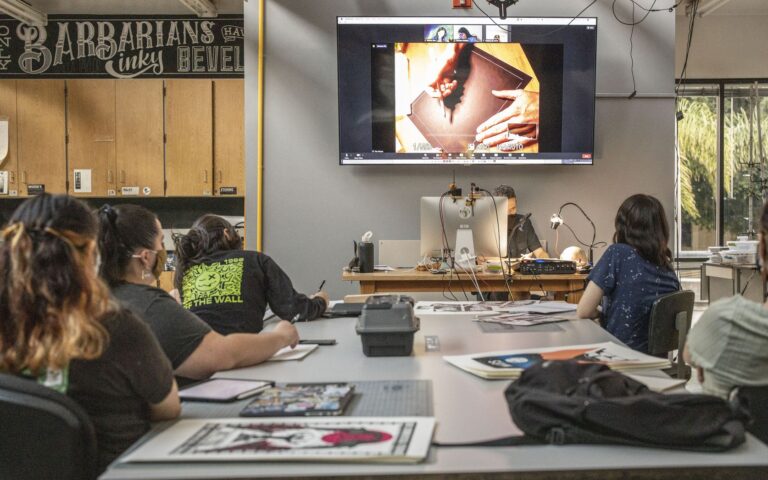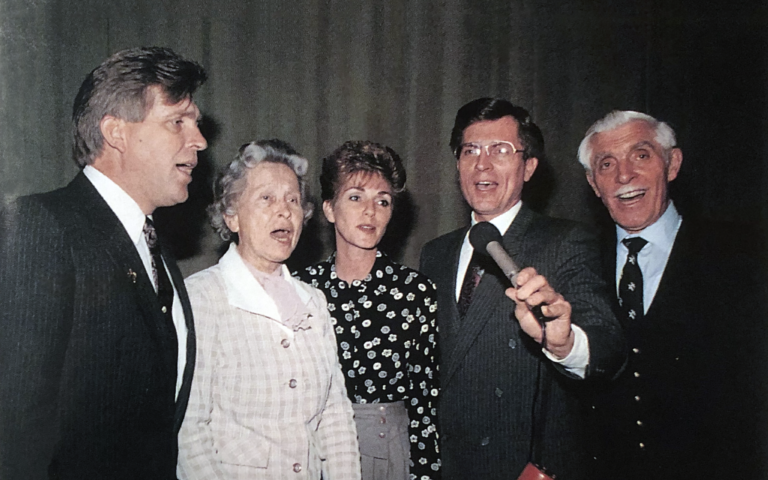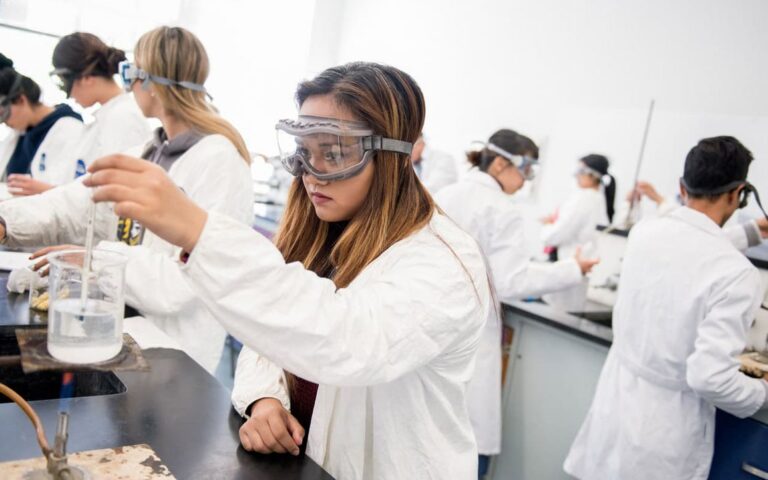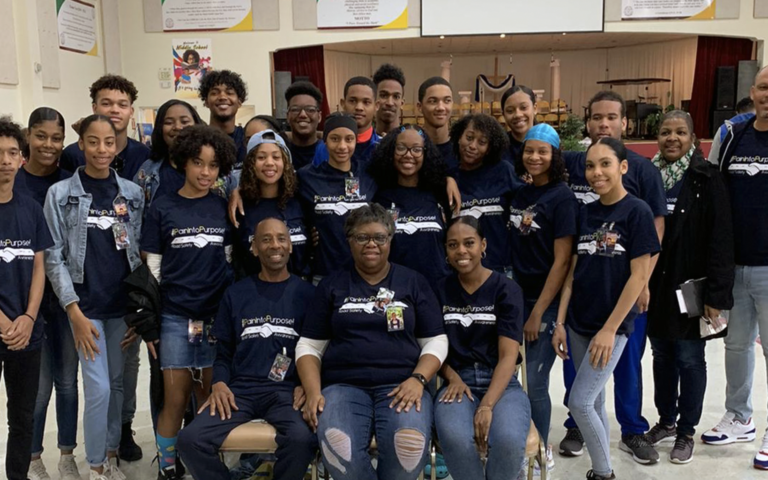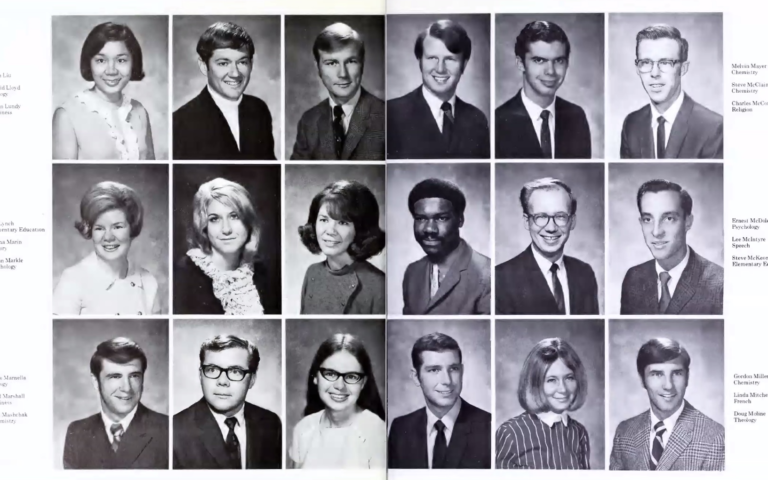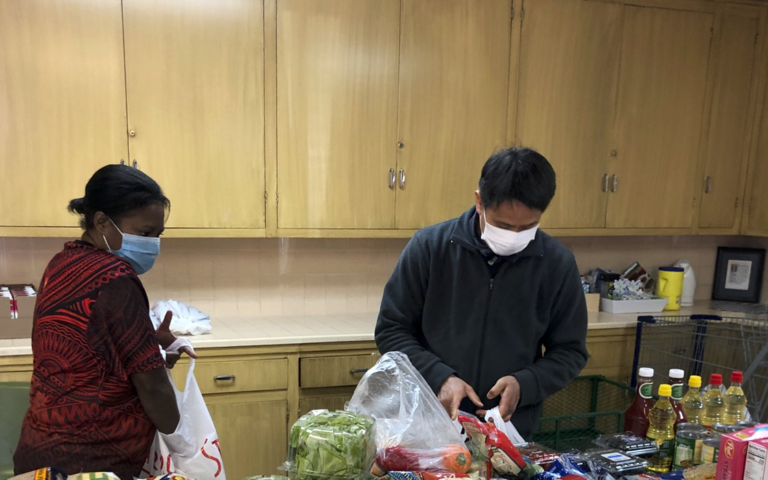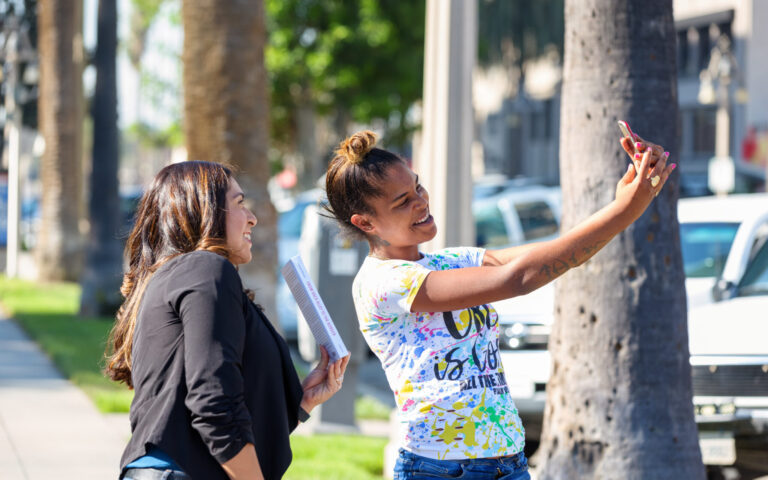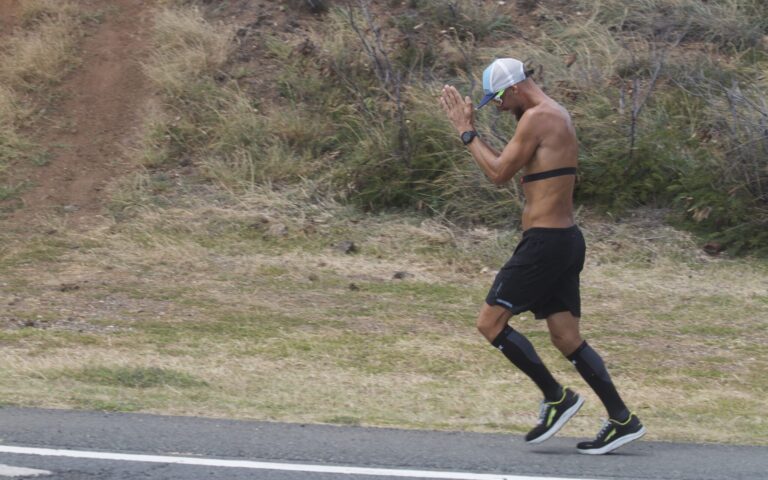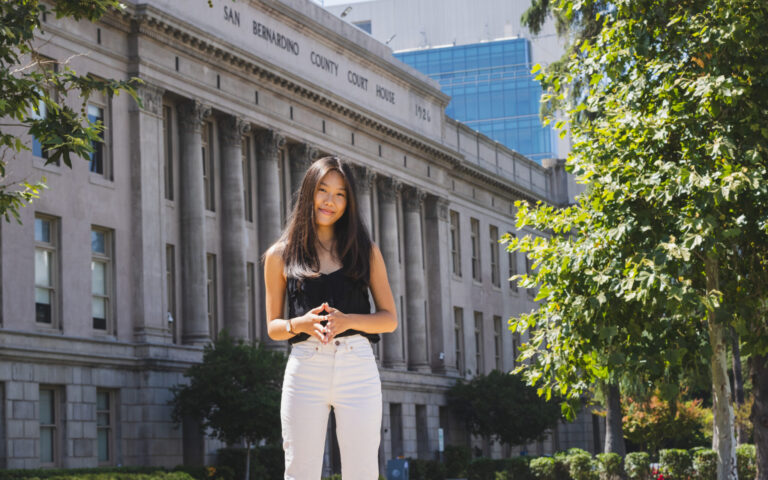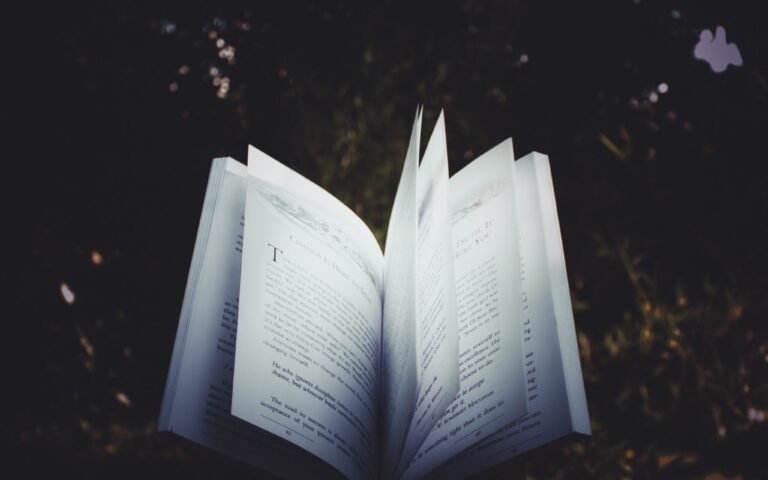by Karla Aleman
What is printmaking and how have art students participated in classes for this art form during the COVID-19 pandemic? What has been the impact? Karla Aleman, a student in La Sierra University’s Art+Design department describes how she and her classmates have worked during spring quarter in a Hyflex studio class taught by Assistant Professor Tim Musso, learning the time-honored medium of printmaking which dates to the 15th century. The class is one of several on-campus labs and studio classes that have been allowed under public health guidelines during the ongoing pandemic and that have offered options for online attendance. The following has been lightly edited for clarity and brevity:
The art of printmaking has an incredibly rich and extensive history. As an example of how far printmaking dates back, German goldsmith and inventor Johannes Gutenburg introduced the art to Europe through his invention of the mechanical moveable-type printing press in the 15th century. Through this intricate invention was he able to produce the Gutenberg Bible. Now, in the 21st century, during a world-wide pandemic nonetheless, our students at La Sierra University are learning some of the same printing techniques and processes in the printmaking class taught by Professor Musso.
The theme for the first project was “future propaganda” for a screen-printed poster. Students had to complete a two-color screen print with an edition size of 10 identical serigraphs using at least two photo stencils. What does that mean? Screen printing is a lengthy and definitely tricky printmaking technique that involves a meshed screen used to transfer ink onto a surface except in the areas where it was made impenetrable to the ink by a blocking stencil. Students had to overcome the challenge of aligning all of their stencils perfectly in order for their multi-colored designs to be successful. Additionally, they had to repeat each stencil print 10 times to meet their edition size requirement.

